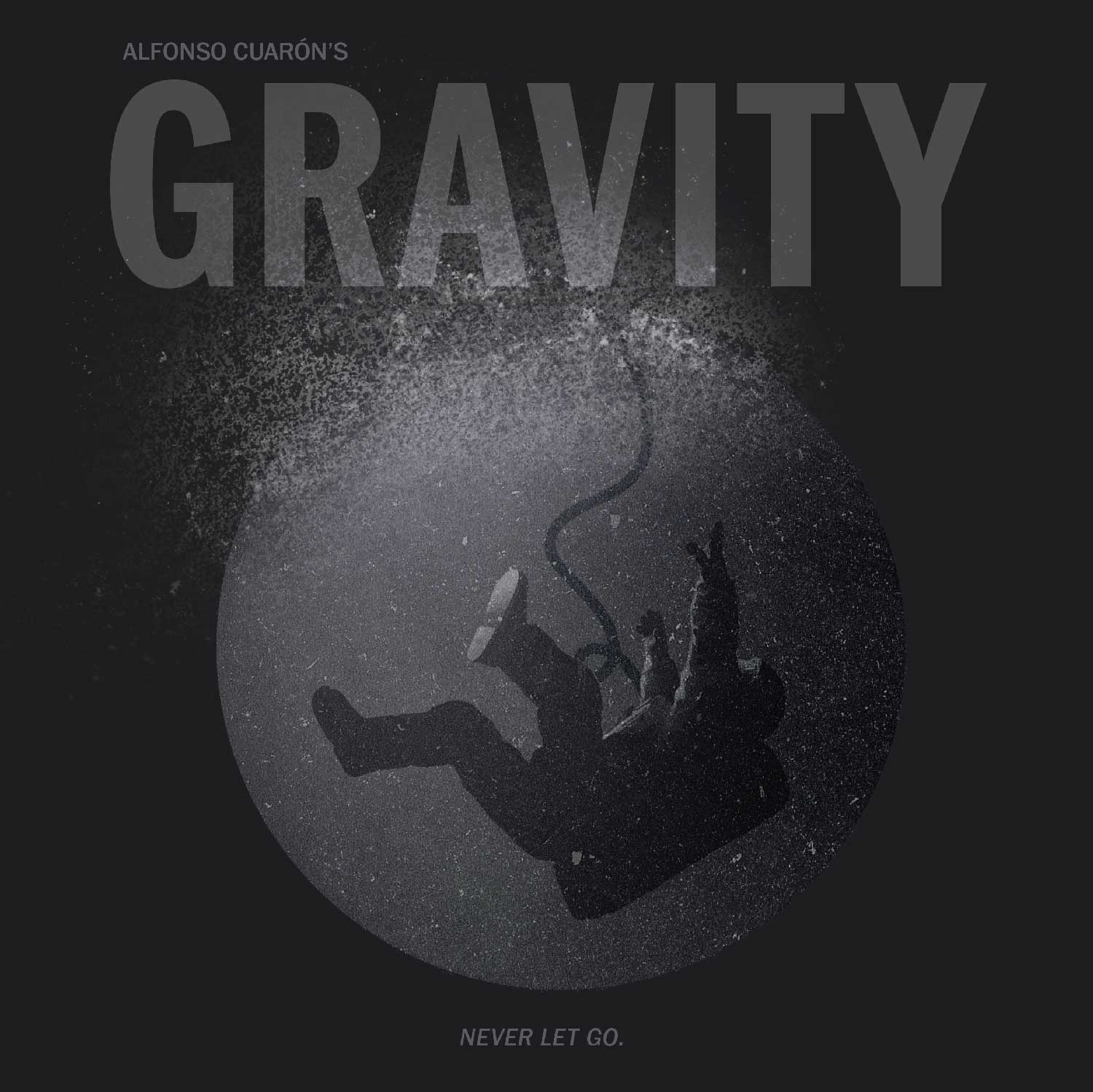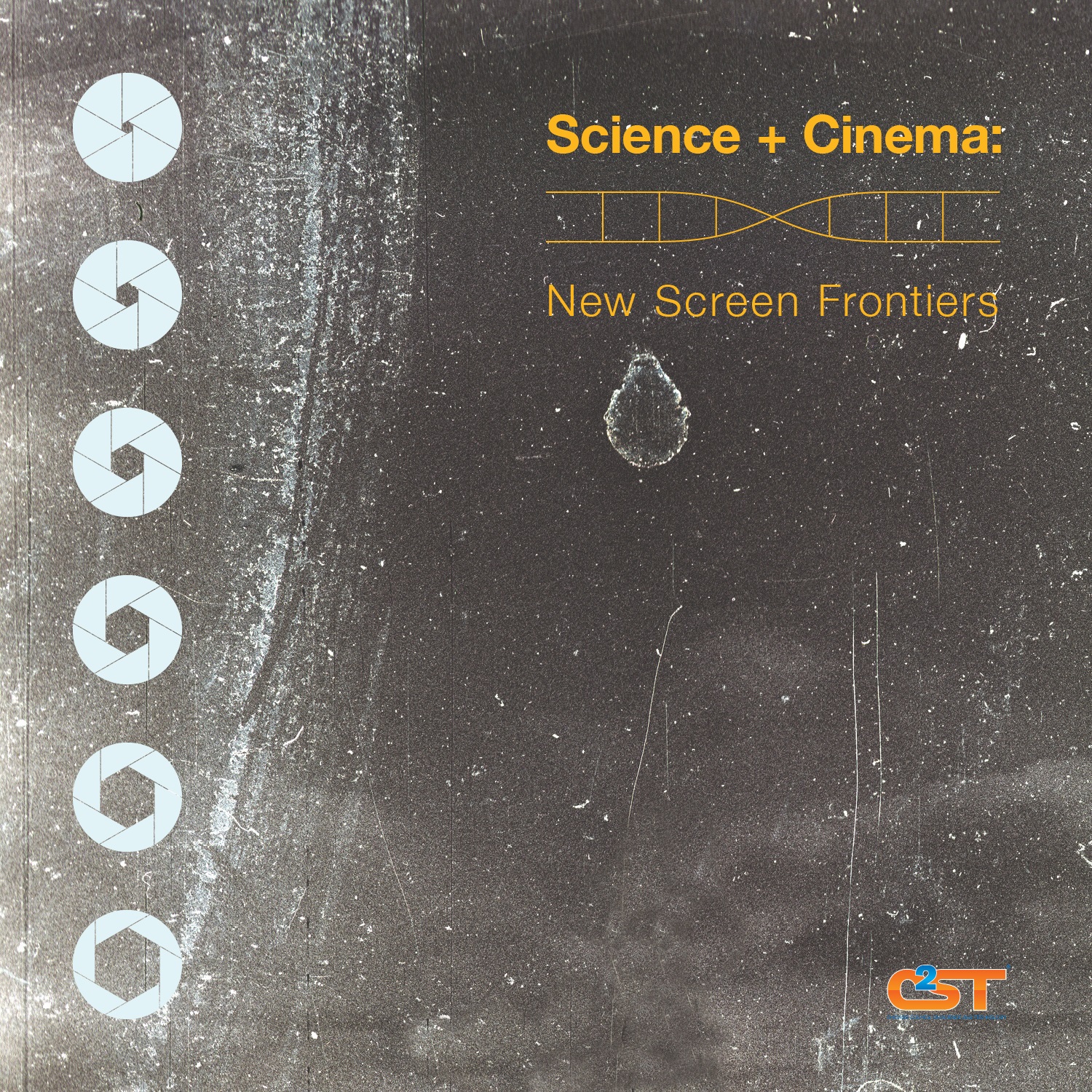Archives: Events

Community Cinema, presented by WTTW and ITVS in partnership with Chicago Department of Cultural Affairs and Special Events, is excited to offer an advance screening of MAKERS: Women In Space, tracing the history of women pioneers in the space program and featuring the next generation of women engineers, scientists, mathematicians and astronauts.
Continue reading “Community Cinema Showcases ‘Makers: Women In Space’”

Is Gravity a realistic view of the hazards of intergalactic travel, or just a reboot of old movie serials with weightlessness thrown in? Is it an examination of solitude and the human need to connect with others, or a soporific woman’s weepie about the pains of unfulfilled motherhood? Gravitas or grasping for meaning?
Continue reading “Cinema Slapdown Round 53: Alfonso Cuarón’s Gravity”

Superintelligence asks the questions: What happens when machines surpass humans in general intelligence? Will artificial agents save or destroy us? Nick Bostrom lays the foundation for understanding the future of humanity and intelligent life.
Continue reading “Superintelligence: Paths, Dangers, Strategies”
Climate security has brought environmentalists and militaries across the world into a unique accord: both are concerned by the effects that climate change does and will have on existing situations of insecurity. The U.S. Department of Defense declared the threat of climate change impacts a very serious national security vulnerability that, among other things, could enable further terrorist activity. They deem climate change a “threat multiplier.”
Continue reading “The Multiplication of Threats: Climate Change & the Risks to National Security”

